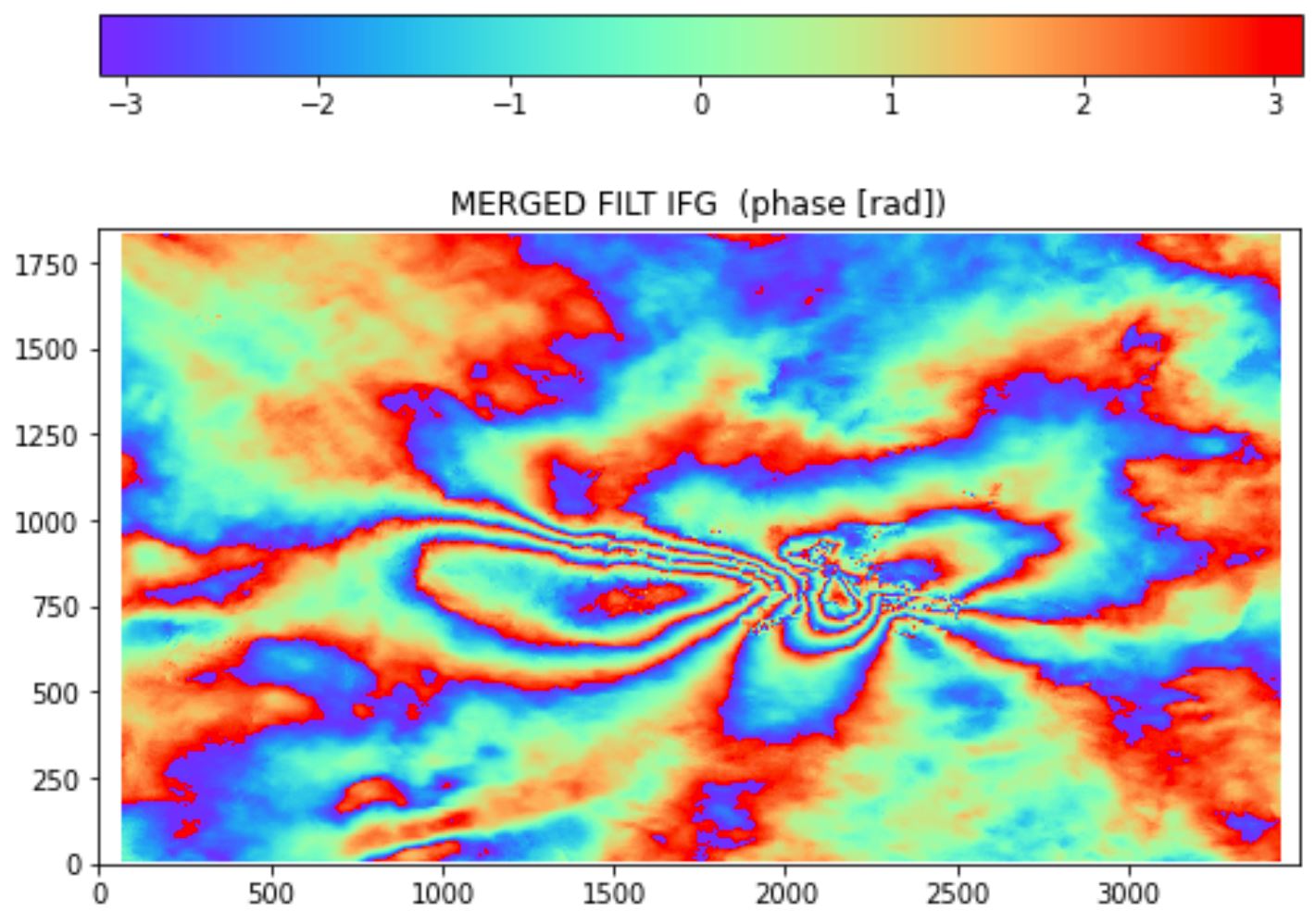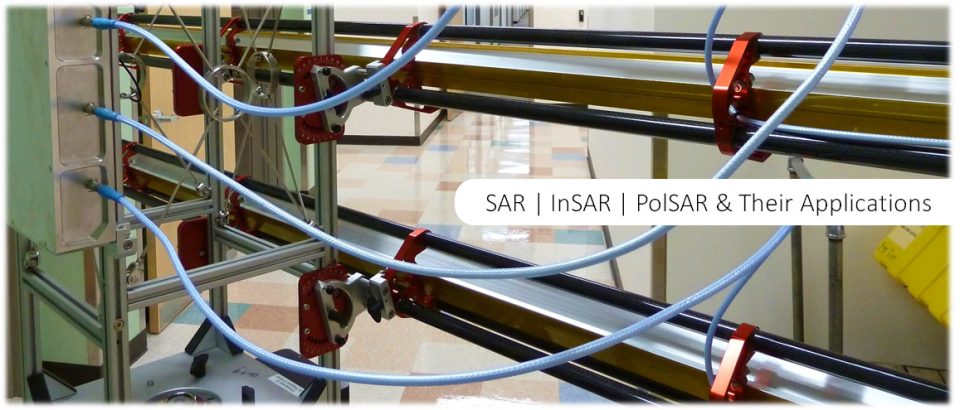 Before you Start:
Before you Start:
Please look through Lectures 12 and 13 before you get started with this lab. Those lectures will walk you through the concepts and workflow of differential InSAR processing. In addition, please read through pages 312 – 339 in (Woodhouse, 2016) to refresh your memory on InSAR. For further reading on InSAR, please refer to the Further Reading tips on this website.
Like the previous lab, this exercise is done using Jupyter Notebooks in the framework of UAF’s cloud-based OpenSARLab. The environment is accessible to you at geos657.asf.alaska.edu. The lab is implemented within the Amazon Web Services (AWS) cloud and can be used from any device with internet connection and a web browser.
Goals of this Lab:
 This labs will expose you to the Sentinel-1-focused InSAR processing workflow within the popular open-source NASA JPL-released software tool ISCE (InSAR Scientific Computing Environment). The advantages of ISCE include (1) its easy-to-access, free-of-charge, and public domain nature; and (2) the fact that NISAR is an expandable platform supporting many SAR sensors including the upcoming NASA L-band SAR mission NISAR.
This labs will expose you to the Sentinel-1-focused InSAR processing workflow within the popular open-source NASA JPL-released software tool ISCE (InSAR Scientific Computing Environment). The advantages of ISCE include (1) its easy-to-access, free-of-charge, and public domain nature; and (2) the fact that NISAR is an expandable platform supporting many SAR sensors including the upcoming NASA L-band SAR mission NISAR.
In this lab we will analyze a pair of Sentinel-1 images that bracket the M6.5 2020 Monte Christo Range Earthquake that struck on May 15, 2020 just southeast of Hawthorne, Nevada. You will learn how to process Sentinel-1 data all the way to a differential interferogram.
 Completing the Lab:
Completing the Lab:
To access and complete the OpenSARLab exercise, please follow these steps:
- Access the OpenSARLab at geos657.asf.alaska.edu.
- Log in with your username and password (contact me should you need login credentials).
- Navigate to the notebooks / ASF / GEOS_657_Labs / 2021 / folder.
- Start the Juypter Notebook (GEOS657-Lab5-InSARwithtopsApp.ipynb.ipynb). A screenshot of the Notebook opened in your Jupyter console is shown to the right.
- Complete the notebook (this notebook does not include a turn-in assignment).
- Complete voluntary additional exercises as instructed in the notebook.
Watch the 2021 Recording of this Lab:
A recording of the 2021 run of this lab is available here.
Supplement: Want to Know More About How InSAR is Seeing Earthquakes?
If you want to know a bit more about how InSAR is seeing Earthquakes I want to direct your attention to a YouTube Channel named “Visible Geology”. This channel features visual examples of how earthquake parameters translate to interferometric phase. Below, you find one of their instructional videos. Navigate to the main channel to find more.
The University of Alaska Fairbanks is an AA/EO employer and educational institution and prohibits illegal discrimination against any individual: Learn more about UA’s notice of nondiscrimination.

